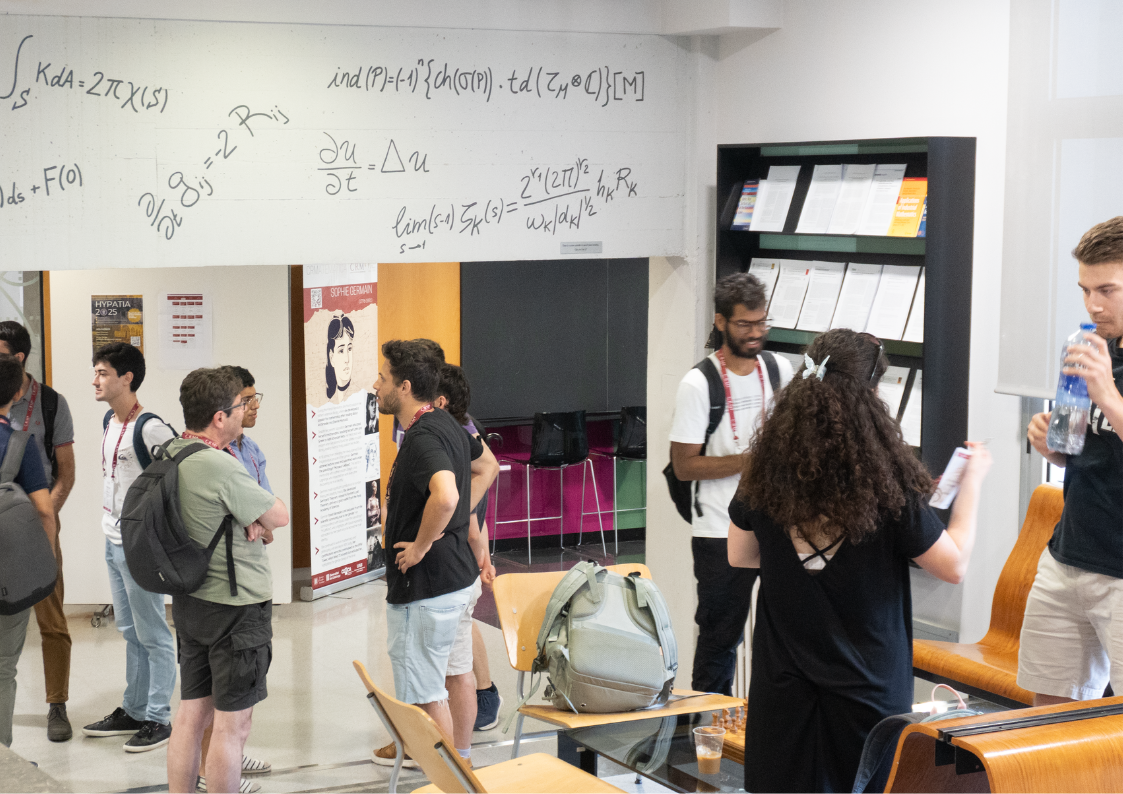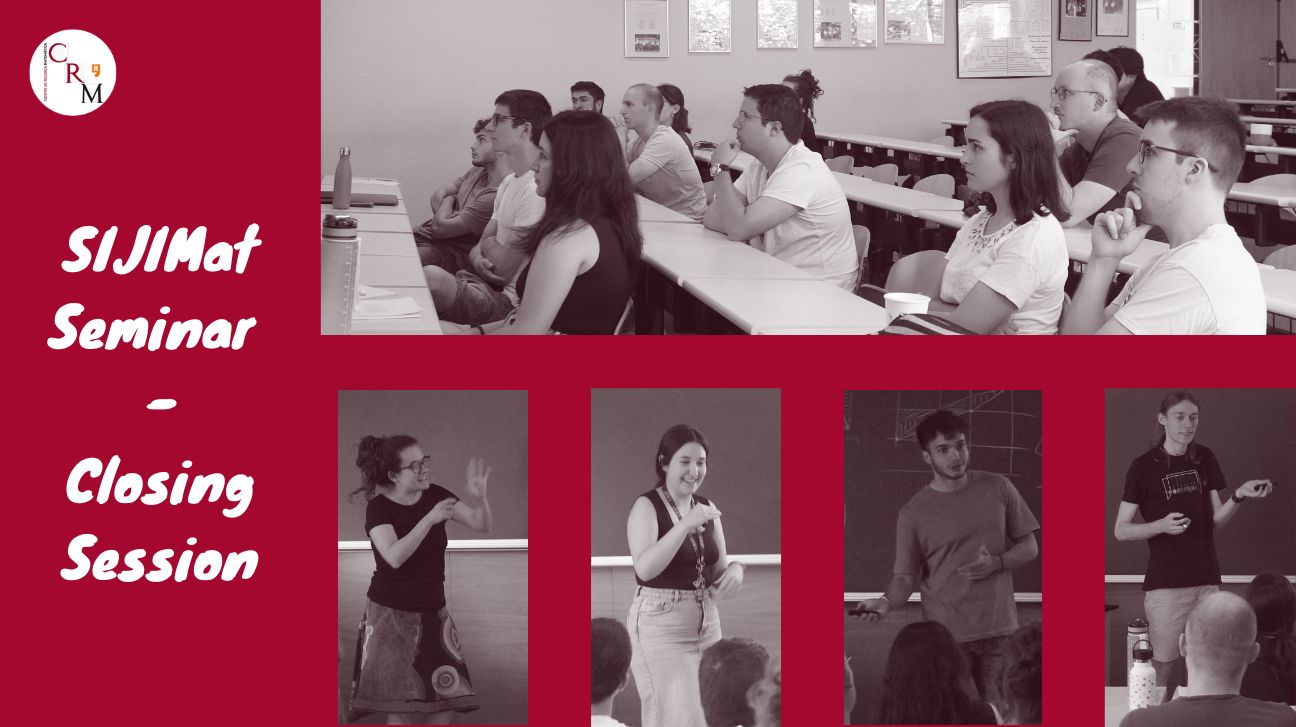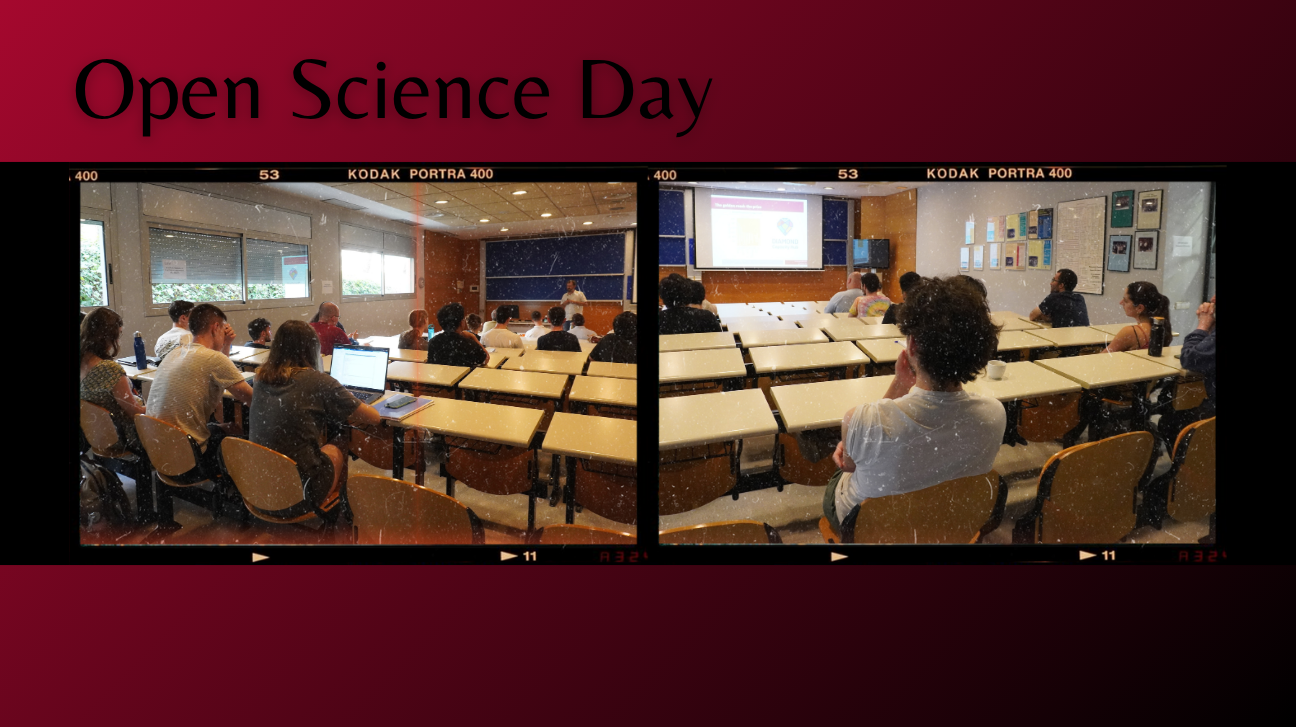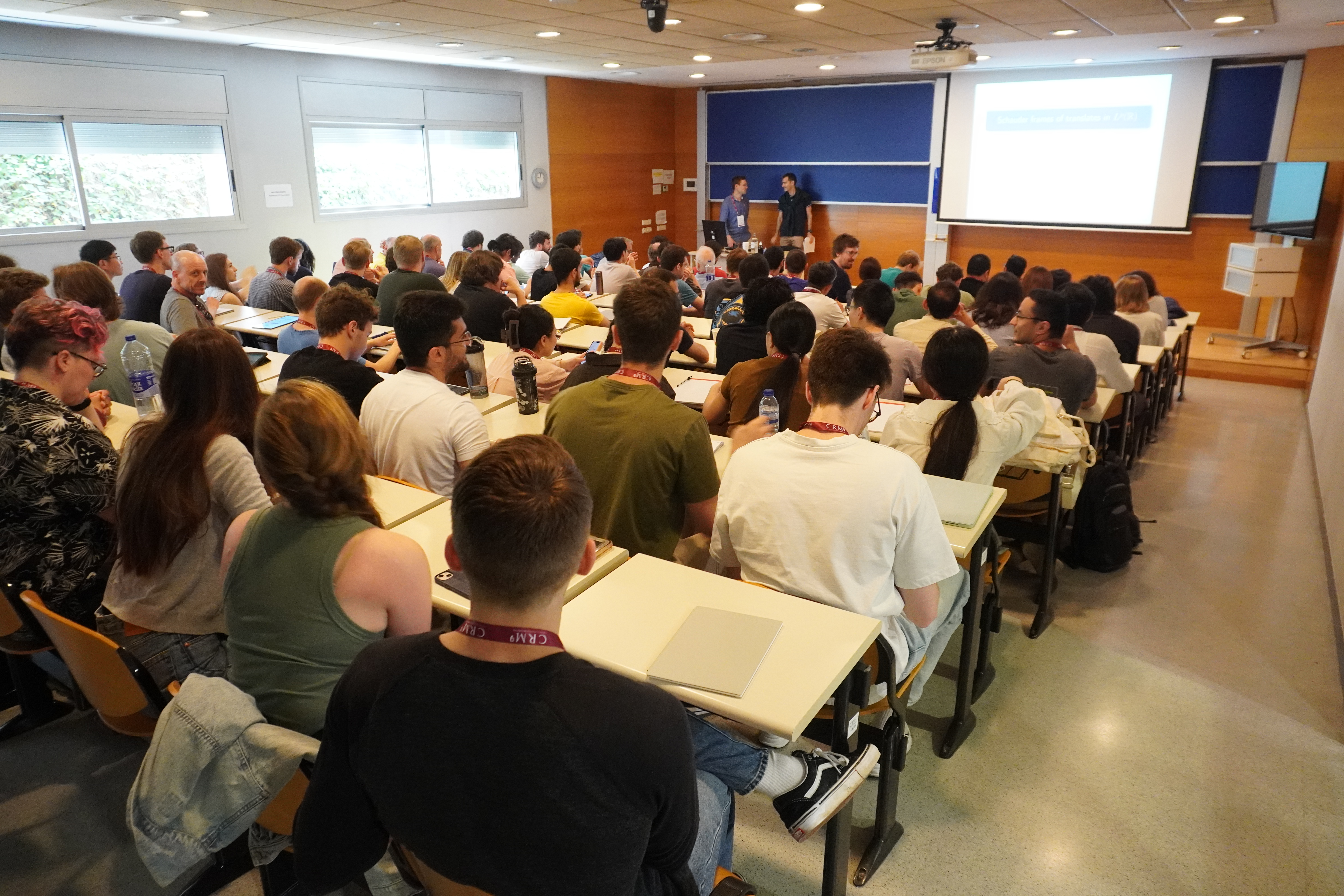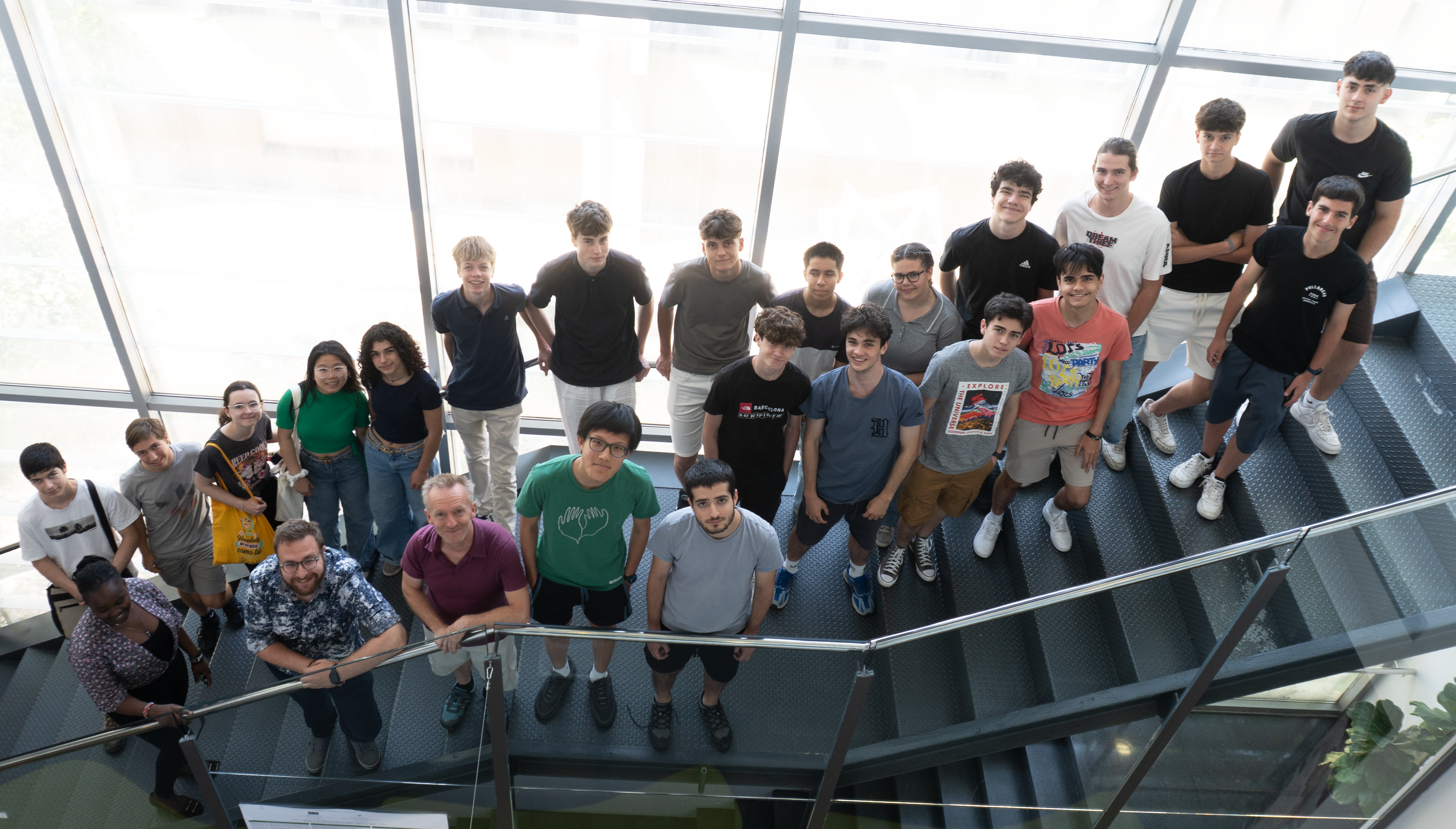
CRM and CNRS researchers introduce a novel concept, Late Warning Signals (LWS), for aiding post-tipping point ecosystem recovery, enhancing resilience in biodiversity management. LWS may offer crucial insights for timely intervention in ecosystem dynamics, potentially revolutionizing conservation strategies.
Scientists are perennially aware that it is best not to trust theory until it is confirmed by evidence. It is equally true . . . that it is best not to put too much faith in facts until they have been confirmed by theory.
Robert MacArthur (Geographical Ecology, 1972)
Conservation Biology is at the forefront of efforts to understand and protect Earth’s ecosystems and biodiversity from threats that erode biotic interactions and lead to extinctions. With the goal of developing research and providing tools for preserving biodiversity and promoting sustainable ecological management, researchers Josep Sardanyés and Filip Ivančić, from the Centre de Recerca Matemàtica (CRM), along with Blai Vidiella, who was affiliated with the Institute of Evolutionary Biology (IBE) at the time of the research and is now with the Station d’Écologie Théorique et Expérimentale (CNRS), have delved into the complexities of ecological dynamics to introduce a novel concept—late warning signals (LWS)—in their recent publication in the journal Biological Conservation. Their article is part of a special Issue about Non-equilibrium perspectives in biological conservation (edited by Sonia Kefi, Pierre Gaüzère, and Daniel Oro).Central to this exploration is the recognition of regime shifts—sudden, often irreversible alterations in the structure and function of ecosystems—that can be triggered by tipping points. These tipping points represent critical thresholds in the system’s behaviour, beyond which small changes can lead to large and often unforeseen consequences.
Ecosystems, despite their resilience and adaptability, are susceptible to abrupt regime shifts driven by tipping points, especially under the scenario of global change; even efforts to reduce or eliminate stressors that trigger these tipping points may not guarantee a return to their previous states. This highlights the importance of understanding not only the factors that lead to regime shifts but also the dynamics that govern the system’s recovery or potential collapse. To effectively mitigate the impacts of tipping points, conservation policies must incorporate monitoring mechanisms to track the indicators of ecosystems’ resilience, allowing for timely intervention and adaptive management strategies.
The research team’s investigation focuses on unravelling the complexities of ecological regime shifts triggered by tipping points in real ecosystems by means of theoretical and computational research. By studying these phenomena, they aim to bridge the gap between theoretical ecology and conservation practice, translating abstract concepts into tangible strategies for ecosystem management and restoration. Furthermore, the team examines how the properties of tipping points, such as hysteresis and resilience, influence ecosystems’ conservation, management, and restoration efforts.
“In our contribution, we discuss the critical transitions (CTs) that ecosystems undergo, emphasizing the need to identify warning signals indicating the approach of tipping points (so-called early warning signals), and especially those signals emerging after a tipping point has occurred” explains lead author Josep Sardanyés (CRM). “These signals are crucial for detecting the potential collapse or recovery of ecosystems.”
Introducing Late Warning Signals: new strategies for ecosystem recovery
One key innovation introduced in the study is the concept of late warning signals (LWS). Unlike early warning signals (EWS) that indicate an approaching tipping point, LWS provide evidence that a tipping point has already been surpassed, but the system remains in a transient state, offering a window of opportunity for recovery efforts.
“We provide evidence of late warning signals as a means to identify when a system has crossed a tipping point, yet the systems typically remain in a long transient state opening the possibility to take actions to avoid the collapse. This concept opens new avenues for conservation strategies aimed at restoring ecosystems even after critical transitions have occurred,” adds co-lead author Blai Vidiella (CNRS).
The paper discusses various mechanisms causing transients, including examples such as coral reef degradation, kelp forests overgrazing, and overexploitation of ocean fish stocks. These real-world instances highlight the challenges ecosystems face and the importance of timely intervention to prevent irreversible damage.
Furthermore, the study emphasizes the importance of incorporating nonlinear dynamics and non-equilibrium phenomena into management and conservation strategies. Ecosystems are complex adaptive systems and their responses to e.g., perturbations, are often highly nonlinear. By understanding the nature of critical transitions through mathematical and computational models, researchers can aid in developing effective conservation policies.
“In our pursuit to prevent ecosystem collapse and promote resilience, it is essential to consider the dynamic nature of ecosystems and the potential for late warning signals,” concludes Sardanyés. “By integrating these concepts into conservation practice, we can enhance our ability to safeguard Earth’s biodiversity for future generations.” The research by Sardanyés, Ivančić and Vidiella presents a significant contribution to conservation biology, offering valuable insights into ecosystem dynamics by integrating theoretical ecology with empirical evidence. Understanding these mechanisms is crucial for effective conservation as it allows policymakers and practitioners to anticipate and respond to ecosystem changes, fostering resilience and promoting sustainable management practices.
References: Sardanyés, J., Ivančić, F. and Vidiella, B. (2024), “Identifying regime shifts, transients and late warning signals for proactive ecosystem management”, Biological Conservation, Vol. 290, p. 110433, doi: 10.1016/j.biocon.2023.110433.
|
|
CRM CommPau Varela & Mariona Fucho
|
Hong Wang: On Solving Kakeya and Rethinking Restriction
At the Modern Trends in Fourier Analysis conference held at the Centre de Recerca Matemàtica, mathematician Hong Wang (NYU Courant) presented a new approach to the Stein restriction conjecture, connecting it with geometric incidence problems...
A Journey through Harmonic Analysis and PDEs – CRM Summer School Chronicle
From June 25 to 27, 2025, the Summer School on Harmonic Analysis and PDEs brought together researchers and students for three days of advanced courses and discussion. With lectures by Taoufik Hmidi, Daniel Faraco, and Joan Verdera, the program covered topics like...
Guillem Blanco rep el Premi José Luis Rubio de Francia 2024
Guillem Blanco, professor de la UPC i investigador adscrit al CRM, ha estat guardonat amb el Premi José Luis Rubio de Francia 2024 per les seves contribucions a la teoria de les singularitats i els D-mòduls. El jurat ha destacat, entre altres...
Hypatia 2025 Brings Together Young Researchers in Mathematics
The fourth edition of the Hypatia Graduate Summer School took place from 16 to 19 June 2025 in Barcelona. Addressed to PhD students, the school combined two advanced courses in number theory with a public colloquium, a film screening, and...
Javier Gómez Serrano collaborates with Terence Tao and DeepMind on an AI project to solve open mathematical problems
Javier Gómez Serrano, former CRM member and professor at Brown University, is working with Terence Tao and DeepMind on AlphaEvolve, an AI tool that uses code evolution to solve complex math problems. For him, it signals a shift in how research is...
Closing Session of the SIJIMat Seminar: A Celebration of Young Mathematical Talent
Four young researchers (S. Dhyr, A. Garcia, L. Unamuno and R.Homs) at CRM present their work in geometry, neuroscience, environmental statistics, and algebraic methods in the final SIJIMat session of the academic year.On June 12, the Centre de Recerca Matemàtica (CRM)...
What is Open Science? From Data to Impact: Insights from the CRM
On June 11, the Centre de Recerca Matemàtica (CRM) hosted the Open Science Day, bringing together researchers to explore the principles, challenges, and transformative potential of open science. With a central talk by Ignasi Labastida and a roundtable featuring...
The IRP on Modern Fourier Analysis moves forward with its main conference at CRM
For one intense week, the CRM auditorium became a meeting point for some of the most active researchers in modern Fourier analysis. From June 2 to June 6, 2025, the Conference on Modern Trends in Fourier Analysis brought together senior experts,...
Welcoming Eleven New Affiliated Researchers to the Centre de Recerca Matemàtica
From left to right, top to bottom: Carles Broto (UAB-CRM), Álvaro Corral (UAB-CRM), Wolfgang Pitsch (UAB-CRM), Richard Lang (UPC - CRM), Simeon Ball (UPC - CRM), Lluís Vena (UPC - CRM), Jorge Antezana (UB-CRM), Leticia Pardo (UB-CRM), Guillem Blanco (UPC - CRM),...
El CRM acull una nova sessió del programa Bojos per les Matemàtiques
Dissabte passat, el Centre de Recerca Matemàtica va acollir una sessió del programa Bojos per les Matemàtiques, adreçat a estudiants de batxillerat amb interès i talent per aquesta disciplina. Una vintena de participants van assistir a dues...
Núria Fagella, nova degana de la Facultat de Matemàtiques i Informàtica de la UB
La professora i investigadora Núria Fagella ha estat escollida nova degana electa de la Facultat de Matemàtiques i Informàtica de la Universitat de Barcelona. Especialista en dinàmica complexa i adscrita al Centre de Recerca Matemàtica, el seu...
El CRM apropa el cervell al públic a la Festa de la Ciència amb l’activitat “Neural Code”
Aquest cap de setmana, el Centre de Recerca Matemàtica ha participat a la 18a Festa de la Ciència de Barcelona amb l’activitat Neural Code, un taller interactiu per explorar com el cervell transforma els senyals neuronals en moviment. L’activitat, organitzada en...





